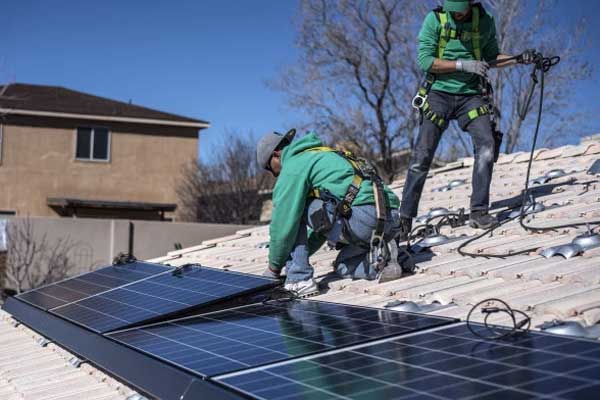- HPQ Silicon and PyroGenesis are pondering joint venture that will improve next-generation Li-ion batteries.
- This venture will combine the cutting edge HPQ PUREVAP™ Quartz Reduction Reactor (“QRR”) technology with the leading PyroGenesis Plasma Atomization know-how.
- If successful, the venture could potentially pave the way to full commercialization, and wide-scale adoption of nanoscale structure silicon powders in the battery space.
Montreal — HPQ Silicon Resources Inc. announces that HPQ and PyroGenesis Canada Inc. are actively evaluating a joint venture to manufacture Nanoscale Structure Silicon (Si) powders for next-generation Li-ion Si batteries.
NANOSCALE STRUCTURE SILICON POWDERS SELLING FOR US$ 30,000/Kg
While Nanoscale Structure Silicon Powders improve Li-ion battery performance, high-performance Silicon (Si) anodes are not presently commercially feasible due to high manufacturing costs. Specifically, two (2) major issues have been identified as major impediments to commercial feasibility. The cost of the high purity Silicon feed material needed, and the cost of transforming Silicon into Nanoscale Structure Silicon Powders for Li-ion batteries.
Combining the HPQ PUREVAP™ Quartz Reduction Reactor (“QRR”) technology with PyroGenesis Plasma Atomization know-how to manufacture Nanoscale Structure Silicon (Si) powders, could potentially resolve these 2 issues and lead the way to full commercialization of Nanoscale Structure Silicon Powders. If successful, that should subsequently lead to their wide-scale adoption in the battery space. If this occurs, HPQ and PyroGenesis would then be well-positioned to assume a market leadership position.
THE RACE IS ON TO BUILD A BETTER BATTERY: NANOSCALE STRUCTURE SILICON POWDERS NEEDED
Presently, Silicon powders is used in a blended form with graphite but its content is typically less than 5 wt%, which reflects the infancy of Si anode technology and explains the limited performance improvement achieved to date. Even at these levels, however, this is estimated to represent an addressable market of US $ 1B by 20222 expanding at a CAGR of 38.9% between 2019 – 2024.
The addressable market growth could be exponentially higher than projected as research suggests that replacing graphite materials with Nanoscale Structure Silicon (Si) powders in next-generation Li-ion Batteries promises an almost tenfold (10x) increase in the specific capacity of the anode, inducing a 20-40% gain in the energy density of Li-ion batteries.
“PyroGenesis, the inventor of Plasma Atomization, has more than 20 years of experience manufacturing plasma atomized metal powders, so if anybody has the knowhow to use silicon materials produced from HPQ PUREVAP™ QRR and manufacture Nanoscale Structure Silicon (Si) that can be used as high-capacity anode materials for next generations Li-ion batteries, it is them,” said Bernard Tourillon, President and CEO HPQ Silicon. “Silicon’s potential to meet energy storage demand is undeniable and generating massive investments, as well as, serious industry interest, so our timing could not be better.”
“We are taken by the potential of this joint venture as it checks all of the boxes we consider before evaluating a new business line: It relates to our current activities, the market although niche is potentially massive, our expertise would be game-changing, and the risk is low,” said Peter Pascali, President and CEO of PyroGenesis Canada Inc. “We are equally excited about the market drivers for this product. The potential from the battery and energy storage markets alone is estimated, on first review, to be in the multi-billions of dollars. I look forward to evaluating this opportunity more closely.”
RENEWABLE AND EV DEMAND INDICATE GLOBAL ENERGY STORAGE MARKET READY TO EXPLODE
At current growth rates of 2% per year, global energy consumption will be an estimated 125,000 Terawatt-hours 2020, which is 800,000 times more than the estimated storage capacity. A recent report by Wood Mackenzie Power projects that energy storage deployments are estimated to grow 1,300% from a 12 Gigawatt-hour market in 2018 to a 158 Gigawatt-hour market in 2024. An estimated US$71 billion in investments will be made into storage systems where batteries will make up the lion’s share of capital deployment.
As reported by CNBC, private Venture Capital-backed firms are also exploring the use of silicon in batteries and are positioning to provide the auto industry with the solutions needed to substantially improve vehicle performance.













Comments